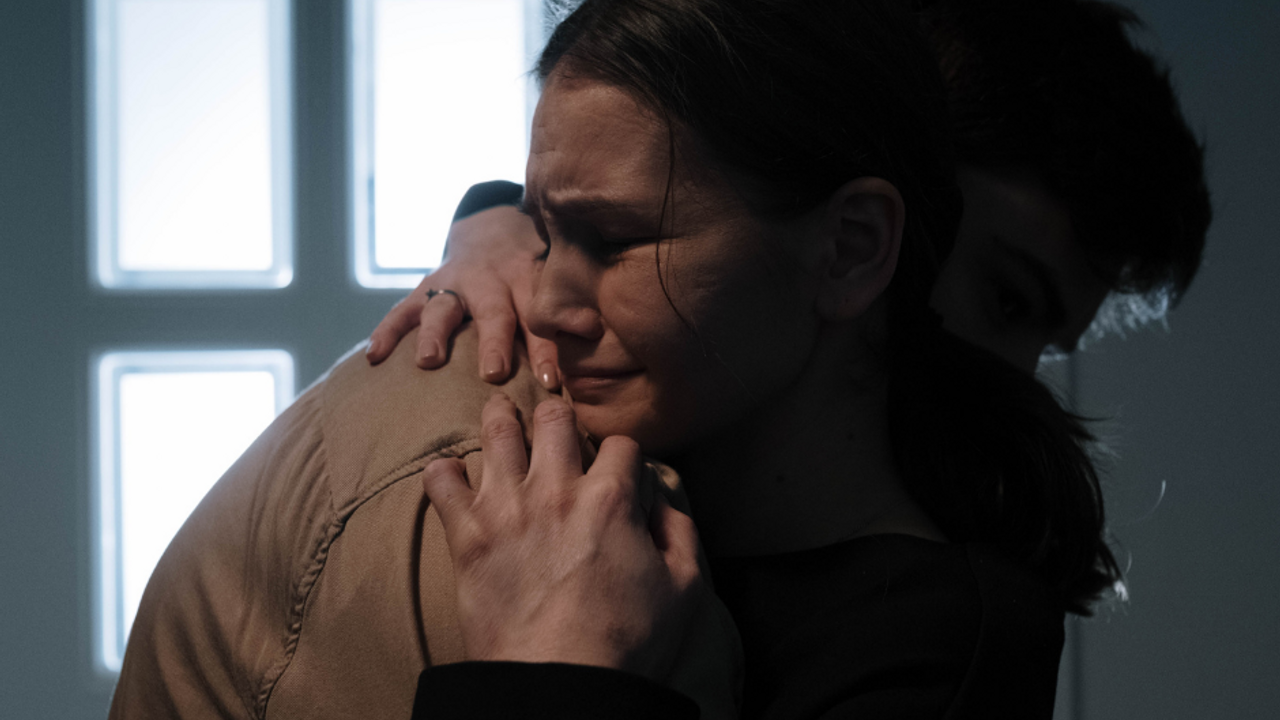The First 3 Needs of Mourning
May 24, 2022
The First 3 Needs of Mourning
By Kimberlee Bow, MA, LPC, R-DMT, CT, ACS, CFE/T, RSME/T, RYT500
Thank you for continuing the journey of engaging and understanding grief, mourning, and bereavement. Several steps on this journey have already been taken and so much information has been covered. All these previous steps will inform today’s step. At this point, it is time to explore the Six Needs of Mourning. It is important to understand upfront that these needs of mourning are not linear and not about checking a box. As people journey through grief, they will touch in and out of these needs, potentially visiting them a number of times. As mentioned, there are six needs. However, this post will only cover the first three and the next three will be covered at a later date. And, as always, continue to hold this experience with compassion and care.
The Six Needs of Mourning were introduced by Dr. Alan Wolfelt. While there are other versions of the needs of mourning, this model serves very well for understanding the grief journey.
Need 1: Acknowledge the reality of the death
After the death of someone in people’s lives comes the need to begin to gently confront the reality that the person will not physically be in their lives again. No matter the circumstances, this process can take weeks or months. Everyone’s journey and process is different. Furthermore, there is purpose in pushing away the reality and titrating the experience. It may serve to protect us for periods of time. At times, it might be so overwhelming that the need to push away the reality allows for the needed time and space.
At times, people will replay the events surrounding the death and engage with both good and bad memories. This is essential, as it allows the death to become a little more real. While going through the process, people need to hold the experience with patience, self-compassion, and gentleness.
Need 2: Embrace the pain of the loss
Embracing any kind of pain can be challenging. Many times the reaction is to try to find a way to not experience the pain. It may feel easier to avoid, repress, or even deny the pain of the loss than to confront the pain. However, it is by confronting and expressing one’s pain that people learn to reconcile their grief and pain. Similar to the first need of mourning, titrating or touching into the pain in a safe way and place and coming back out can be much gentler and wise than diving into the pain all at once.
Depending on your culture, the denial of pain may be encouraged. Yet, in other cultures that may not be the case. For those that live in a culture that encourages denial, they may experience messages coming from all directions that encourage the “carry on” mentality. Another message that may be received is one of reinforcement for those who remain strong and
in control. And yet another kind of message may be a little less obvious and have to do more with other people. “Please don’t express your pain because it makes me uncomfortable.” The reality is that none of these messages are correct. When the pain is embraced the healing journey can continue.
Need 3: Remember the person who died
Oftentimes the question comes up about the kind of relationship that people have with someone after they die. Does a relationship still exist? The answer is a resounding ‘yes!’ It becomes one of memory rather than one of presence. Those beautiful memories, dreams, and linking objects, like photos or mementos, are all examples of the continued relationship that has shifted form.
To engage with this need of mourning to remember, honor, and pursue this shifted relationship and allow it to be shared outside of one’s self.
What can sometimes happen, even with good intentions, is that others will encourage people to get rid of photos of the person who died, give away their tangible items, tell one to keep busy, or transition to a different environment in hopes of helping people to not think about the person who died. Again, probably well intentioned, but not necessarily the best step on a grief journey. Instead, sitting around the table telling stories of the person who died or looking at pictures and remembering the special moments is what brings about hope for the future.
Thank you for your time in reading this post and continuing this journey. Again, these are just the first three of six needs. The journey will continue next month with another blog post that will cover the last three needs of mourning.
Reference:
Wolfelt, A. (2006). Companioning the bereaved: A soulful guide for caregivers. Companion Press.
The contents of this blog, such as text, graphics, images, and other material contained with the blog ("content") are for informational purposes only. The content is not intended to be a substitute for professional advice, diagnosis, or treatment. Always seek the advice of your mental health professional or other qualified health provider with any questions you may have regarding your own mental and physical health. Never disregard professional advice or delay in seeking it because of something you have read in this blog.
If you are in crisis or you think you may have an emergency, call your doctor or 911 immediately. If you're having suicidal thoughts, call 1-800-273-TALK (8255) to talk to a skilled, trained counselor at a crisis center in your area at any time (National Suicide Prevention Lifeline). If you are located outside the United States, call your local emergency line immediately.


